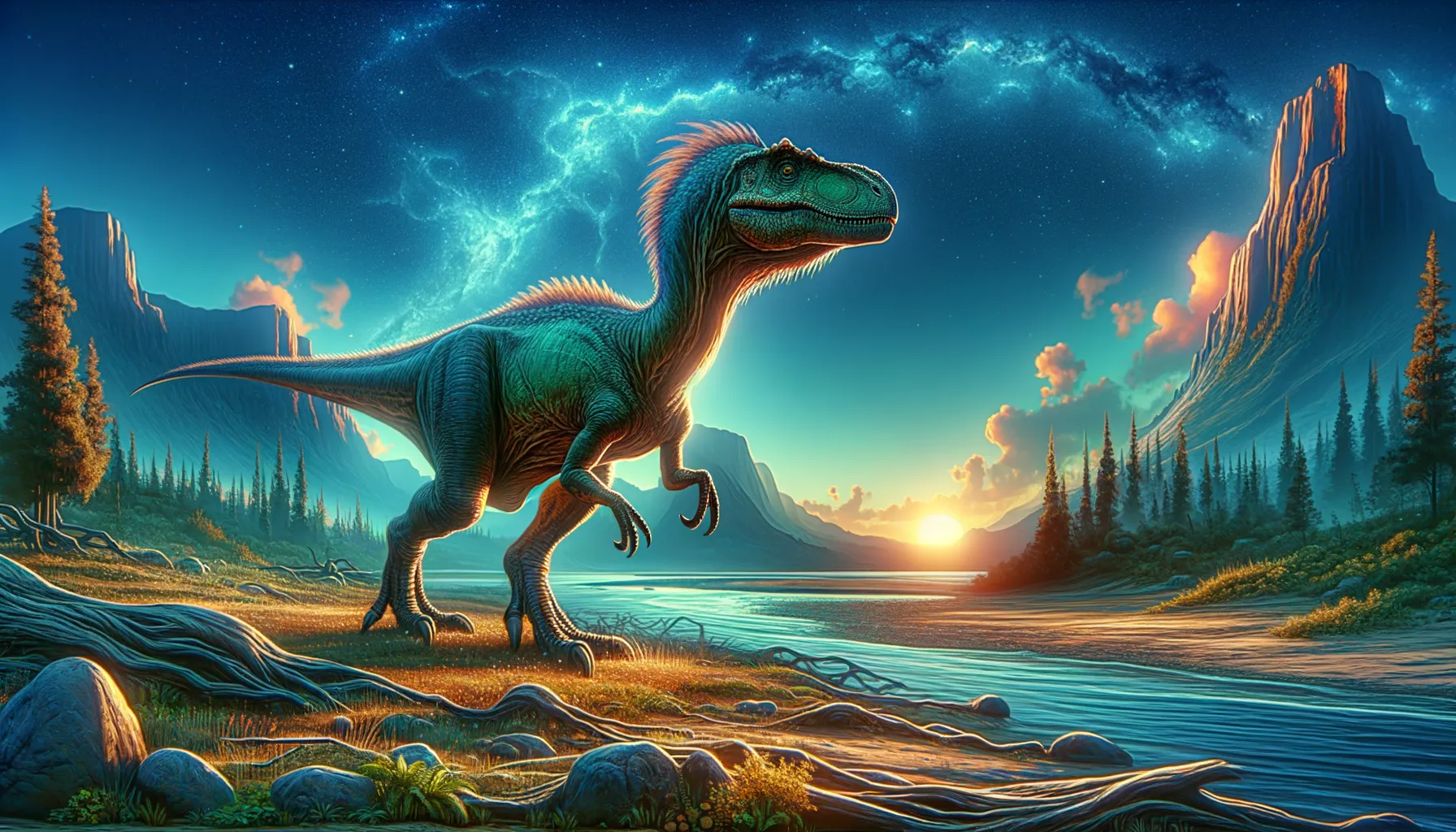
Secernosaurus
A duck-billed dweller of ancient lands.
Period
Cretaceous
Length
Roughly 6 meters long.
Height
Around 2 meters at the hip.
Weight
Approximately 1.2 tons.
Secernosaurus was a herbivorous dinosaur that roamed the land during the Late Cretaceous period, approximately 80 million years ago. Belonging to the hadrosaur family, it is known for its duck-billed appearance. Discovered in South America, it represents the first evidence of hadrosaurs living on the continent. Its fossils provide key insights into the distribution and evolution of duck-billed dinosaurs.
Diet
Secernosaurus primarily fed on plants, using its specialized teeth and jaws to grind tough, fibrous vegetation. Its diet would have included a variety of ferns, leaves, and possibly fruits.
Hunting
Being a herbivorous dinosaur, Secernosaurus did not engage in hunting activities. Its primary focus was on foraging for plant material, often moving in herds to graze various vegetation.
Environmental challenges
Secernosaurus lived in a world where environmental conditions could vary significantly, from lush forested areas to open plains. Climate changes during the Cretaceous period posed challenges as they might have affected the availability of food sources. Its distribution across South America meant adapting to different terrains and possibly avoiding larger predatory dinosaurs.
Speed
Secernosaurus was relatively slow, relying more on its herd for protection.
Lifespan
It likely lived around 20 to 30 years in the wild.
First discovery
Discovered in Argentina in 1973 by paleontologists.
Fun Facts
- Secernosaurus is a duck-billed dinosaur, officially known as a hadrosaurid, which means it had a flat, wide mouth similar to a duck's bill.
- It lived during the Late Cretaceous period, about 86 to 66 million years ago, which means it roamed the Earth along with the last dinosaurs before their mass extinction.
- Secernosaurus fossils have been found in South America, making it one of the few hadrosaurids discovered on that continent, providing valuable insights into dinosaur distribution.
- This dinosaur was a herbivore, meaning it fed on plants, and its specialized teeth were perfect for grinding the tough vegetation of its time.
- Secernosaurus could walk on both two legs and four, likely depending on its speed or what it was doing at the time, like grazing or sprinting away from predators.
- The name Secernosaurus means 'separated lizard,' highlighting its unique placement as one of the only hadrosaurids found in South America, separated from relatives in North America.
- Its discovery has helped scientists understand more about the connections between dinosaur populations on different continents during the Cretaceous period.
Growth and Development
Like other hadrosaurs, Secernosaurus likely experienced rapid growth during its early years to reach a size that would protect it from predators. Its development followed a typical dinosaur pattern of hatching from eggs, with juveniles potentially requiring parental care or safety in numbers within a herd. As it matured, Secernosaurus' physical characteristics, such as its strong limbs and robust body, would have developed to support its lifestyle.
Habitat
Secernosaurus inhabited the region that is now modern-day South America, primarily around well-vegetated floodplains. This environment allowed them access to plentiful food sources, such as a variety of plants. The area was likely shared with other herbivorous and carnivorous dinosaurs, leading to a dynamic ecosystem.
Interaction with other species
Secernosaurus probably coexisted with various species of both herbivores and carnivores. Its main defense was likely its herd behavior, making it less vulnerable to predators. The presence of other herbivorous species would have led to competition for resources, while predatory dinosaurs would have posed constant threats, particularly to the young and weak.
Natural lifespan
Secernosaurus naturally lived for around 20 to 30 years.
Reproduction
Secernosaurus laid eggs, similar to other dinosaurs, with nests likely built in a safe location within their habitat. New hatchlings were cared for within the herd, providing them with both protection and feeding opportunities. This reproduction method ensured the young developed sufficient independence and size before facing environmental challenges.
Social behaviour
Secernosaurus lived in herds, which helped protect individuals from predators and fostered social interaction. Herd behavior also facilitated foraging, as they could move to locate food and navigate their environment collectively. Social dynamics within the herd might have included basic communication to coordinate movements and alert others to danger.
Fossil locations
Fossils of Secernosaurus have been primarily found in Argentina, providing crucial evidence of its existence in South America during the Cretaceous period. These findings have helped paleontologists understand more about the distribution of hadrosaurid dinosaurs. The discovery of such fossils in South America highlights significant past connections with other continents and the movement of species.
